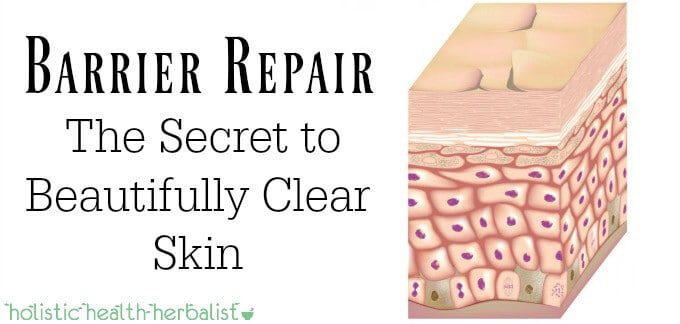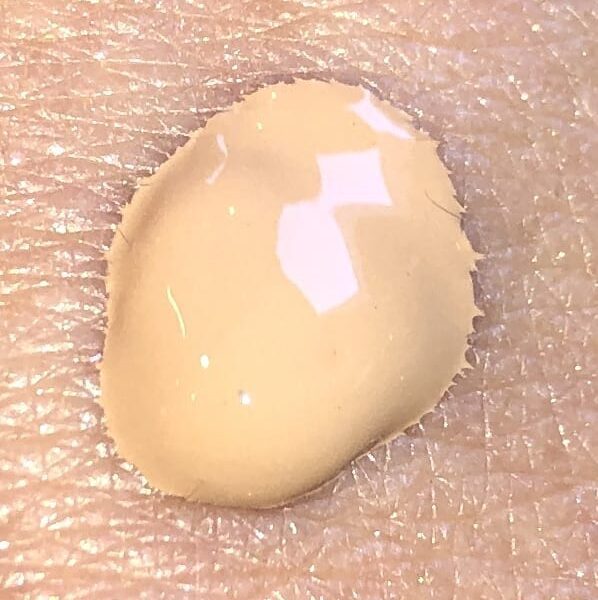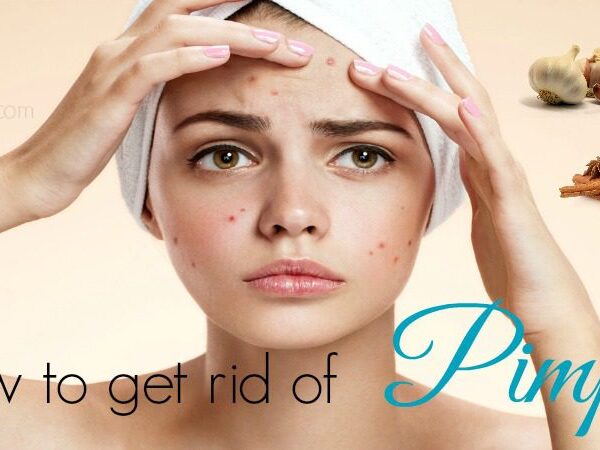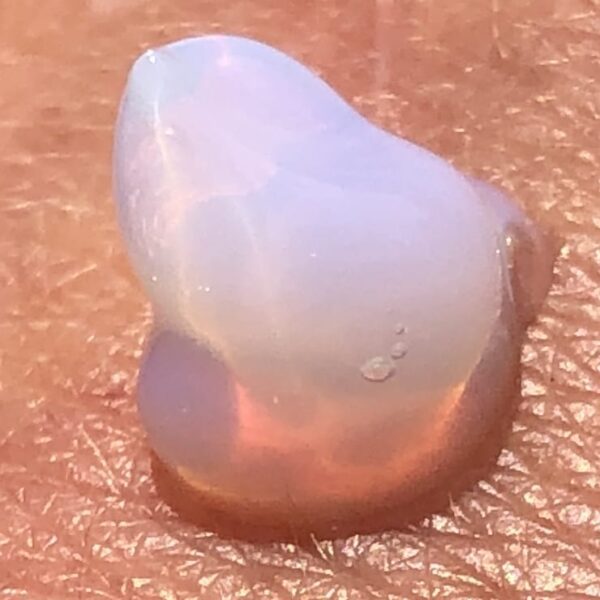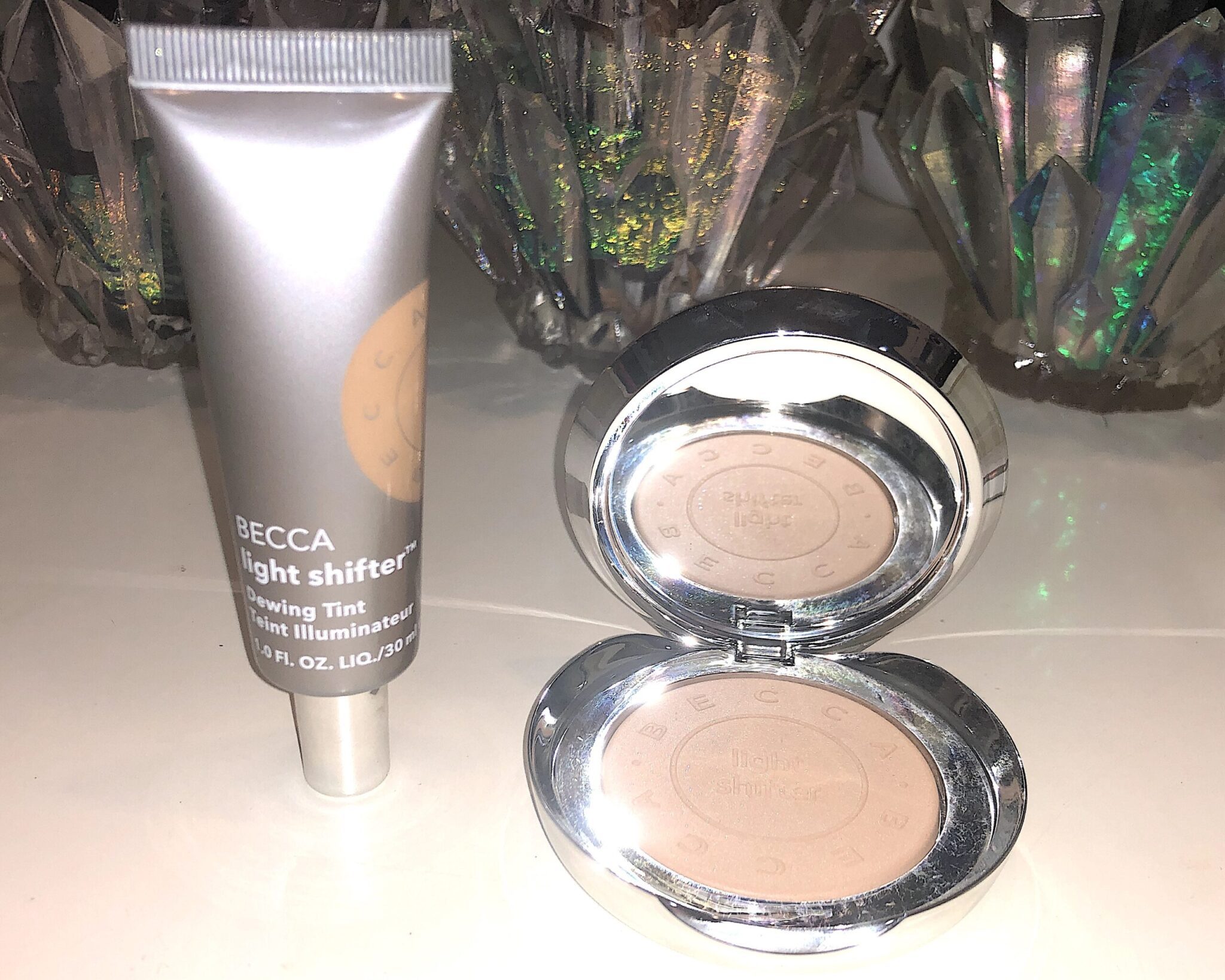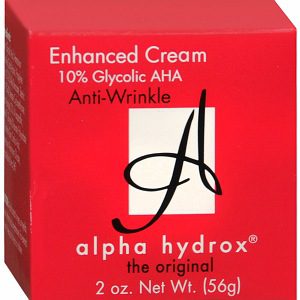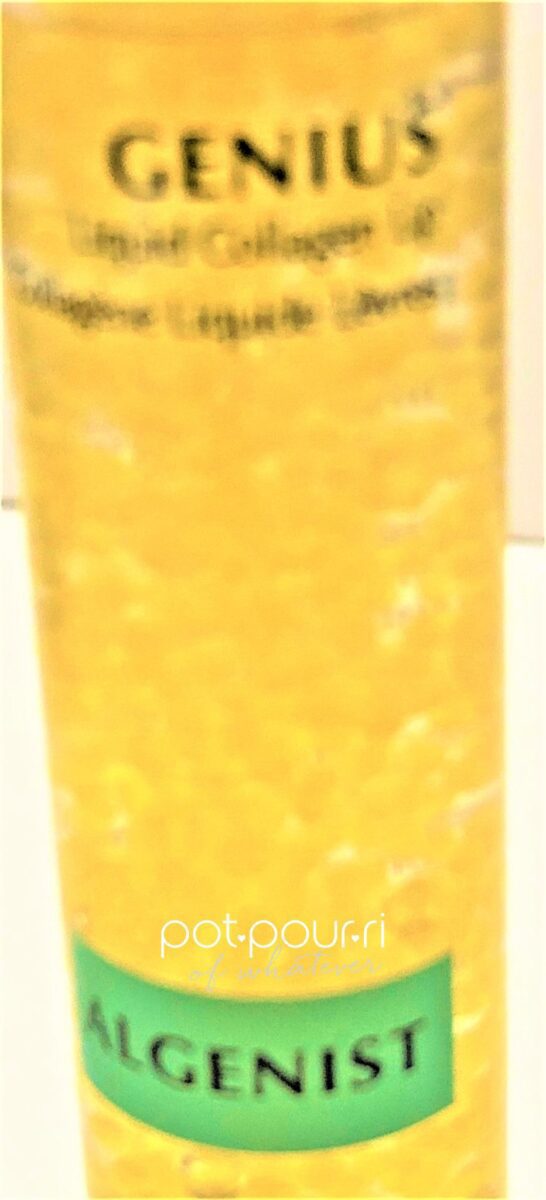We all want our skin to be healthy, younger-looking, moisturized, without skin breakouts! Of all the blogs I’ve written, if you care anything about your skin, reading the following blog will show you that all you really need to do is Keep The pH Level of your skin balanced, and Keep your skin hydrated. Moisturize your skin.! First, you’ll need to know about the pH level, and how to balance the pH of your skin. Only then, will you have healthy, younger-looking, moisturized skin. And, you’ll have minimal, or not any, breakouts!
Your pH balance has EVERYTHING to do with your skin. If you don’t already know, pH stands for the ‘potential of hydrogens’, and it describes the level of acidity or alkalinity of our skin. Essentially, the pH of our skin is its water-to-oil balance. Unfortunately, most of us don’t think too much about the pH level of our skin! We probably didn’t realize that our pH level is affected by what we eat, the harsh cleaners we use on our skin, too much sun, or the way we neglect our daily skincare routine.
What is important to know is, when your pH is balanced, it supports your skin by forming a healthy skin barrier. The skin barrier is a protective, slightly-acidic film on the skin’s surface that keeps moisture in and keeps infectious bacteria out. The ideal pH balance for our skin is on the more acidic end of the spectrum, at around 5.5 pH. When our pH balance goes out of whack, becoming more acidic or more alkaline, our skin is more susceptible to damage. This is when our skin reacts with undesirable skin conditions, like acne breakouts or dry flakiness, that directly corresponds with our sebum production.
This is when our skin reacts with undesirable skin conditions, like acne breakouts or dry flakiness, that directly corresponds with our sebum production.

So, it’s all about the Sebum. Sebum is the oily substance that our skin manufactures, and secretes. It is made up of our skin’s natural oils. Sebum is what hydrates, moisturizes and protects our skin from damage. Therefore, when the pH level of our skin is on the alkaline end of the spectrum, above 7pH, it is not producing enough sebum. This is when skin has acne breakouts, or is sensitive and dry. When our skin isn’t sufficiently moisturized, the end result is your sebum isn’t as resilient or elastic, which can lead to fine lines, wrinkles and sagging skin.

When our skin’s pH is more acidic, below 7pH, it is producing too much sebum. This is what causes oily, greasy, acne-prone skin. Acidic skin is actually ideal for fighting off free radicals and slowing the aging process, but when the skin is too acidic, it becomes oily, greasy, pimply, increasingly sensitive, and easily irritated. Maintaining an optimal skin pH level allows the skin to enforce a much-needed skin barrier (the skin’s acid mantle) by producing just enough sebum, without overdoing it or under-doing it.

An imbalance in the skin’s pH can have a super unfortunate snowball effect on our skin’s natural aging process. That’s why it’s important that we understand skin pH, the factors that affect our pH balance, and what we can do to restore a favorable balance

As we get older, our skin slows down in its production of protective oils that comprise the acid mantle.


This makes the skin even more susceptible to moisture loss and damage from environmental aggressors—both amplify signs of aging.

Also, Harmful bacteria, UV rays, and pollutants that penetrate the skin’s barrier start to take a toll on collagen production and elastin production. As collagen and elastin production slows down, wrinkles form, discoloration and hyperpigmentation occur, and your skin won’t bounce back as well as it once did, from damage and impact.

You can determine your pH levels, by paying attention to your skin. For example, if your skin has a naturally soft texture with no noticeable dry patches or oily areas, you probably have an ideal, balanced skin pH. Or, if your skin has a rough texture and dryness that you just can’t moisturize no matter what you do, you probably have an alkaline, high pH level. If you’re battling oily skin, and you’re constantly reaching for blotting sheets throughout the day, you probably have an acidic, low pH level.

Once you’ve determined your skin’s pH level, you can start making some informed decisions about your skincare. First things first, no more harsh cleansers! Opt for cleansers that will keep your pH levels at the ultimate pH 5.5. After you cleanse, no matter what else you do, don’t forget to moisturize. Hydration is the key if you want your skin to be happy. When your skin is moisturized, it’s bright, supple, firm, and soft. Nothing can repair the skin quite like a good moisturizer!

We have spent years using exfoliating acids and retinoids, the newest beauty trend is undoubtedly products that nourish the skin barrier.

“The skin barrier has two general roles: Keep the good stuff in—and the bad stuff out. 



Barrier creams are used to aid the skin in its most vital function: to keep what’s good in and to keep what’s bad out. They act as a protective seal on the skin


A moisturizer hydrates the outer layer of the skin while barrier creams restore the skin barrier itself. Barrier creams repair damaged skin, allow the skin to heal itself, and are usually thicker, while moisturizers enhance skin hydration. Common ingredients in barrier creams include petrolatum, wax, ceramides, dimethicone, zinc oxide, nicotinamide, hyaluronic acid and glycerin.

As we age, our body’s production of collagen, elastin, and natural oils starts to decrease. (That’s why it’s incredibly important that we continue to modify our skincare routine to meet our skin’s changing needs throughout the years.) If the outermost layer of the epidermis doesn’t contain enough water, skin will lose elasticity and appear dry, rough, and flaky. Poorly hydrated skin is also unable to maintain an appropriate intact skin barrier, leaving the skin more vulnerable to damage from external/environmental sources.”

When our natural oil production slows down, this decrease in hydration damages our skin’s acid mantle, or skin barrier. As we know, this skin barrier is crucial for maintaining a healthy, balanced pH level. It’s a good idea to complete your daily skincare routine with a hydrating face oil, a hydrating serum with hyaluronic acid, or an illuminating moisturizer to support the skin barrier function for youthful, protected, and balanced skin.

A thorough skincare routine along with some healthy lifestyle habits can restore your skin’s ideal pH level to help you achieve hydrated, age-defiant skin. Wear sunscreen, cleanse your skin every day, eat a balanced diet, and steer clear of intense ingredients to support your skin barrier function and stabilize your skin’s pH level.
1 Pair Down Your Skin Routine.

2. Use A Gentle Effective Cleanser

3. Use your target serums and a moisturizer

4. Use a Skin Barrier Cream


If you have oily skin, where sebum re-establishes itself within 20 minutes of cleansing, high pH cleansers are acceptable. Higher pH cleansers are more like detergents that clean the skin thoroughly; these are the best in oily skin which can withstand dehydration of a cleanser that acts like a surfactant. If the cleanser bubbles or foams, it means it’s a high pH cleanser,“

If it’s cream-based and gentle, then it’s a low pH wash. So, the fewer the suds, the lower the pH, in most cases. Low pH cleansing formulas to look out for include gel, cream, and “milk” varieties. Additionally, products marked “pH balanced” have been formulated to mimic the skin’s natural pH level, and won’t raise your skin’s pH level.

I wash my face with either Beauty Bio The Balance Balancing Face Wash (6 fl oz. / 180 mL) that costs $35. Or I use Skin Fix+ Hydrating Foaming Oil Cleanser ( 6 fl. oz / 177 mL) costs $30. Both keep my pH level at 5.5pH.

The serums I use are Skin Ceuticals CE Ferulic Serum (1 fl. oz /30 mL) costs $169 and Skin Ceuticals Hydrating B5 Gel (1 fl. oz / 30 mL) costs $86.


The Moisturizer I use is 8th Day Reparative Moisturizer( 1.0 oz.) costs $180.
The Skin Barrier Creams I use are SkinCeuticals 2:4:2: Triple Lipid Restore Anti-Aging Lipid Replenishment Treatment( 1.6 fl. oz. / 48 mL) costs $136, and Skinfix barrier + Triple lipid-Peptide Cream (1.7 fl oz. / 50 mL) costs $52.


Also, listen to your skin. Most of your skincare questions and concerns can be remedied with a heightened awareness of your skin’s natural reactions, and a good skin regimen.

Finally, you can repair your skin barrier by simplifying your skincare routine, use products with a suitable (for your skin) pH level, and use a moisturizer that contains ceramides, and a humectant, like hyaluronic acid. Moisturizers with petroleum jelly can help your skin barrier seal in moisture.

